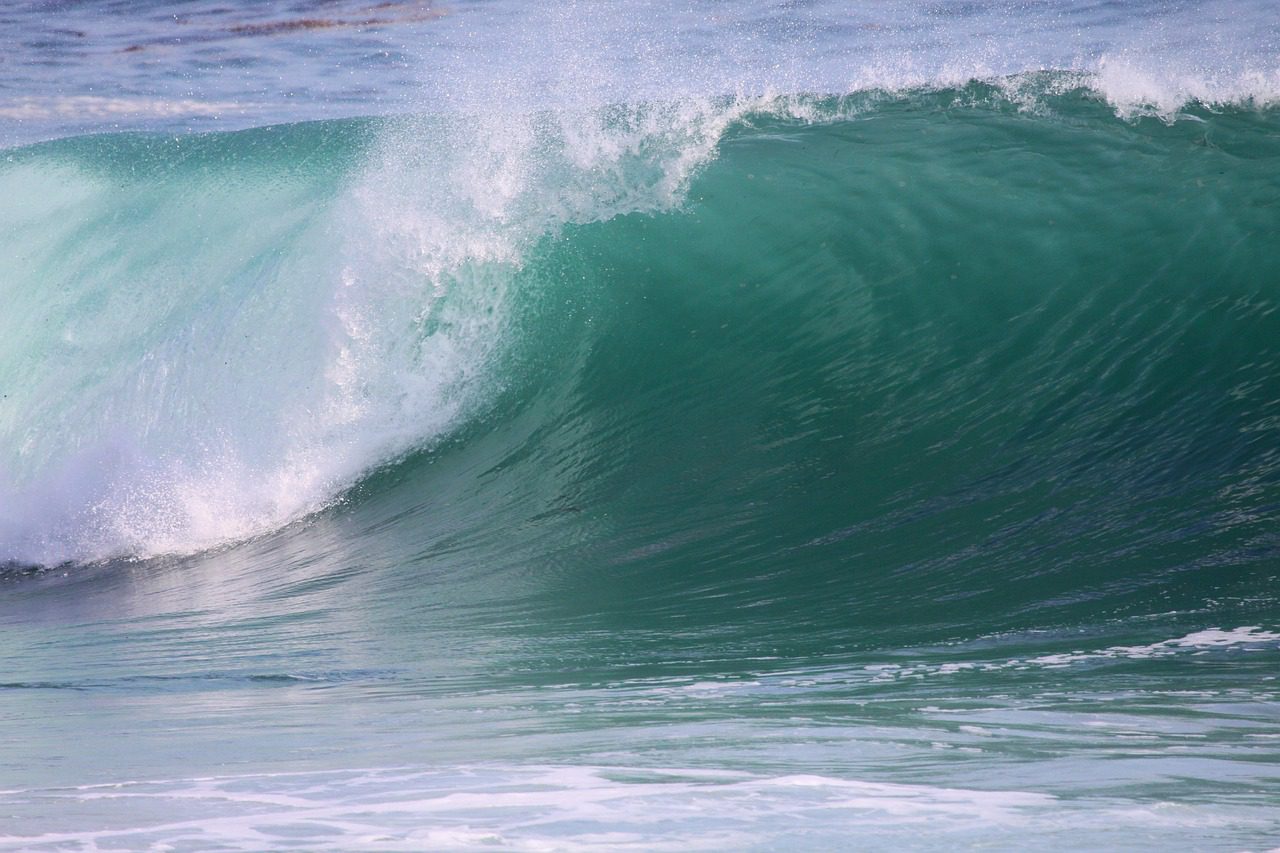This blog was published May 2, 2013. Click here for more up-to-date information on Safe Harbor laws in San Diego.
The Clean Water Act is the primary tool we use to protect and restore fishable, swimmable, and drinkable waters. At its heart, the Clean Water Act focuses on the quality of our waters, and it allows states to issue permits allowing people to add pollution into our waters, but only in certain circumstances. The Clean Water Act’s bottom line is this—we can’t issue a permit if it would allow pollution that would make that water so dirty that it interferes with the water’s “beneficial uses” like swimming, fishing, or habitat for fish and other aquatic life. Even if the individual pollution permit would not alone cause the water quality problem, if it contributes to a water quality problem, that’s not allowed.
In order to make sure we are issuing water pollution permits that ultimately protect our waters, we have to look at the health of the waters. And water pollution permits contain a provision that basically says, “when you add pollution to the waters, you cannot cause or contribute to a water quality problem in the water body you are adding pollution to.” Sounds reasonable, right?
Apparently for San Diego County and our local municipalities, prohibiting them from contributing to existing pollution problems or creating new ones is asking too much. The county and our local cities have asked our Regional Water Quality Control board for a “safe harbor” excusing them from being accountable for local water quality, even though our storm sewer systems are the primary cause of most of our local pollution problems.
Why would they ask for this? According to San Diego County Counsel James O’Day, the county needs protection from environmental groups who would “hold the county hostage” by bringing lawsuits against them. Even the City of San Diego’s estmeed Mayor Filner asked the Regional Board to provide “protection” for the City against environmental protection law suits. Ironic, since last weekend San Diego City Councilmember David Alvarez thanked the environmental groups that sued the City of San Diego on sewage issues because it helped move the city forward toward creating a local, secure, reliable, safe water supply.
In response to pleas by lawyers and politicians, the Regional Board added a “safe harbor” or “alternative compliance option” to the stormwater permit. This “alternative compliance” provision protects cities or the county from being held accountable for pollution that causes or contributes to water quality problems, as long as they have done some modeling that shows that they might not cause or contribute to water quality problems if they do certain things, and then they plan to do those things. They get this “protection” from the moment their plan is approved, and it continues indefinitely–even if the pollution actually causes or contributes to a water quality problem–as long as they keep trying to do better.
This flies in the face of the very heart of the Clean Water Act–focusing on the health of our waters and not allowing pollution that would cause or contribute to water quality problems. At the Regional Board hearing on April 10 and 11, I compared this new safe harbor provision to mud on a cake. The heart of our stormwater permit–the cake–is still good, and we’ve all worked very hard to make it together. But this safe harbor is mud that basically ruins the permit for us. Take this safe harbor away, and we like the new stormwater permit.













